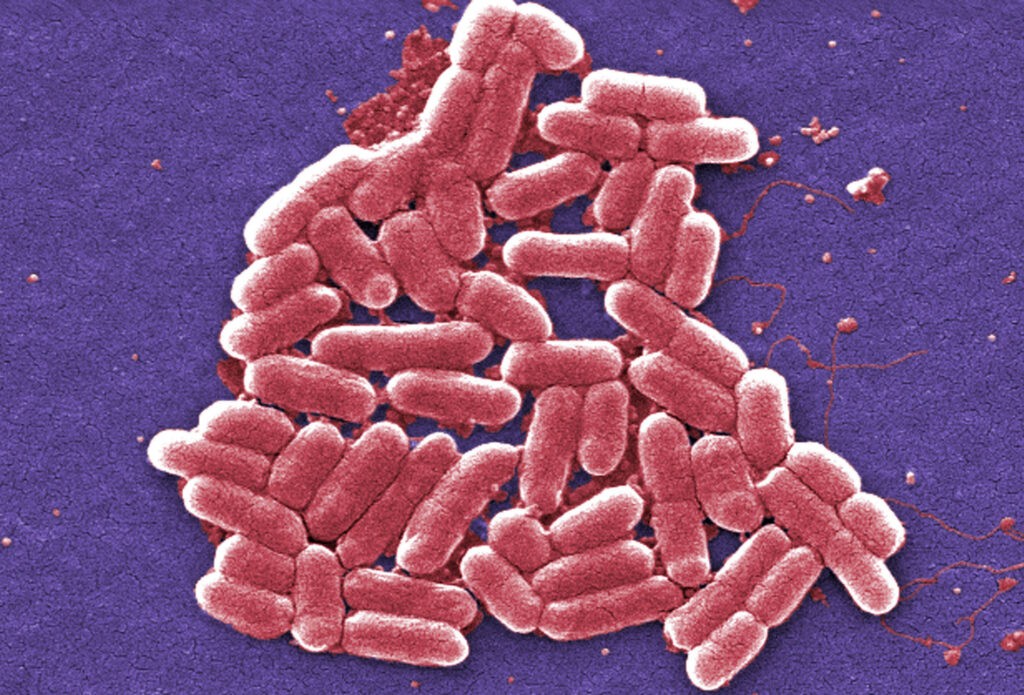25/07/2024
25/07/2024

NEW YORK, July 25: A groundbreaking class of antibiotics, known as macrolones, may provide a crucial solution to the growing threat of antimicrobial resistance, researchers from the University of Illinois Chicago and the Beijing Institute of Technology have revealed. These innovative drugs employ a dual-pronged approach to attack bacteria, making it extraordinarily difficult for them to develop resistance.
Antimicrobial resistance (AMR) poses a severe risk to global health, with the World Health Organization estimating that it was directly responsible for 1.27 million deaths worldwide in 2019. The rise of antibiotic-resistant "superbugs" threatens to push us back to an era where even minor infections could be fatal. To combat this, scientists are working to develop new antibiotics, leveraging both advanced technologies and traditional methods.
Macrolones, the new class of antibiotics under study, represent a significant advancement. Unlike conventional antibiotics, which target a single bacterial process, macrolones attack two critical bacterial functions simultaneously. According to Alexander Mankin, senior author of the study, this dual-target approach makes it "100 million times more difficult" for bacteria to evolve resistance.
Macrolones are synthetic compounds combining two well-established types of antibiotics. The first, macrolides such as erythromycin, inhibit bacterial protein synthesis by blocking the ribosome. The second, fluoroquinolones like ciprofloxacin, interfere with DNA replication by targeting the bacterial enzyme DNA gyrase.
In the recent study, researchers synthesized a range of macrolones and tested their effects on bacteria. While some macrolones selectively targeted either the ribosome or DNA gyrase, one particular compound stood out by effectively targeting both processes at its lowest effective dose.
Yury Polikanov, an associate professor involved in the study, highlighted the significance of this approach: "By hitting two targets at the same concentration, we make it nearly impossible for bacteria to develop a simple genetic defense."
Remarkably, some macrolones continued to inhibit bacterial ribosomes even when resistance mutations typically rendered traditional macrolides ineffective. This suggests that further development of these compounds could offer a powerful tool in the fight against antibiotic resistance.
"The main outcome from all of this work is the understanding of how we need to proceed," Mankin said. "We are giving chemists the insight needed to optimize macrolones to hit both targets effectively."
The findings of this study are detailed in the latest issue of Nature Chemical Biology.


